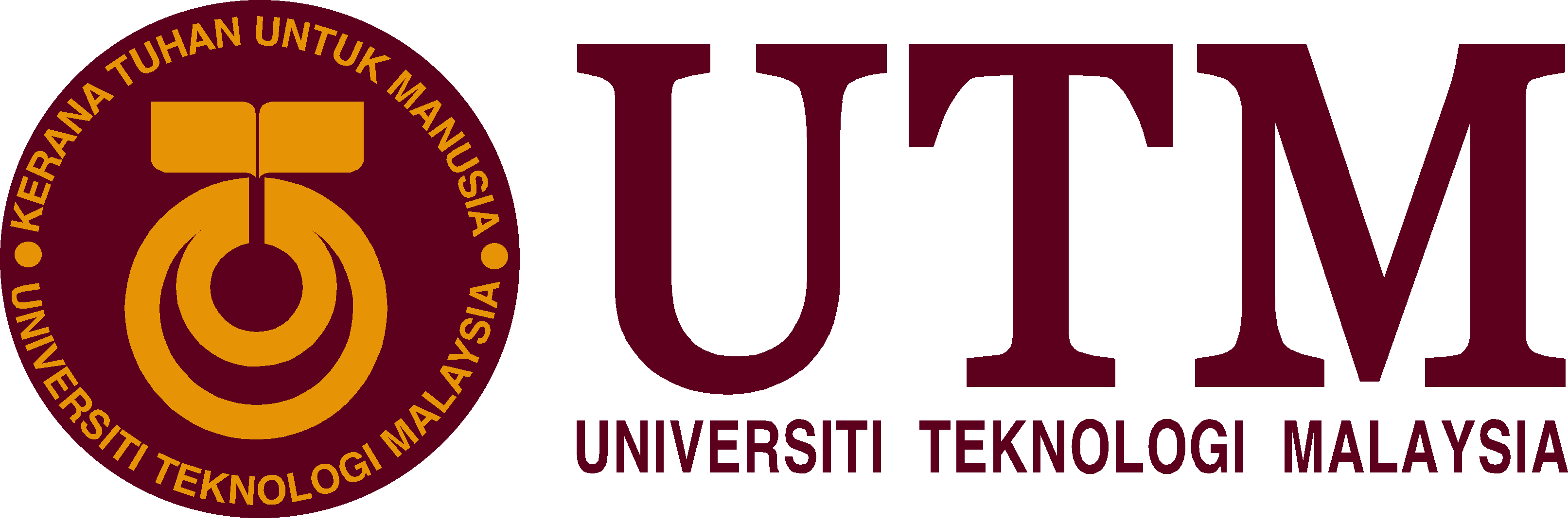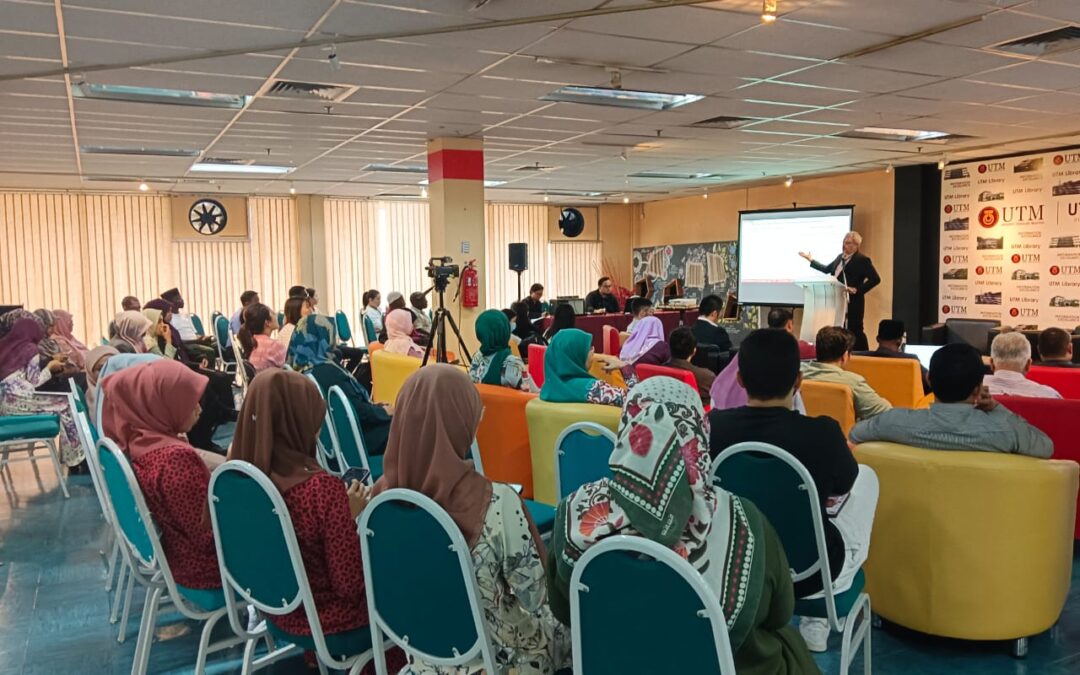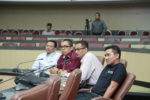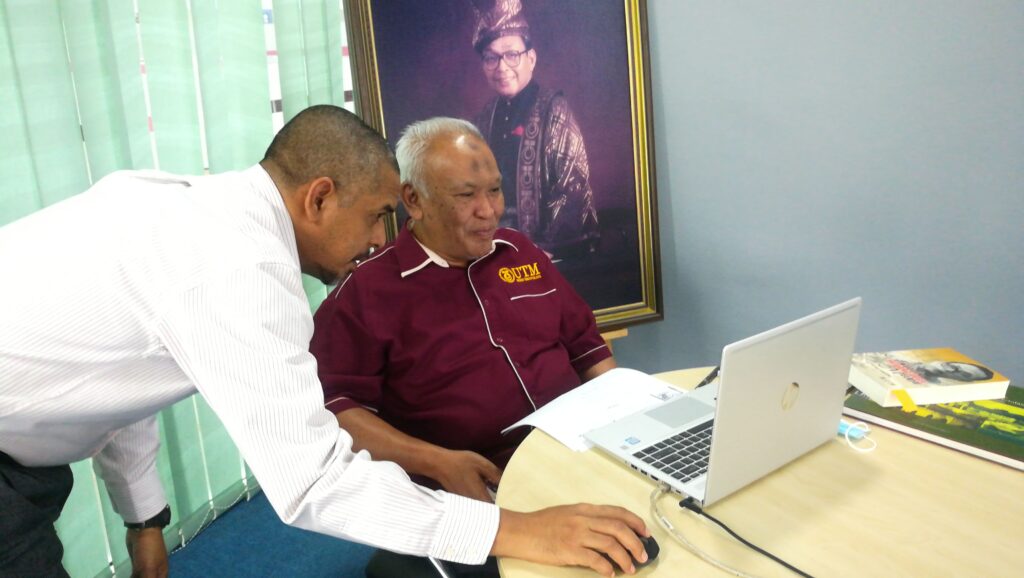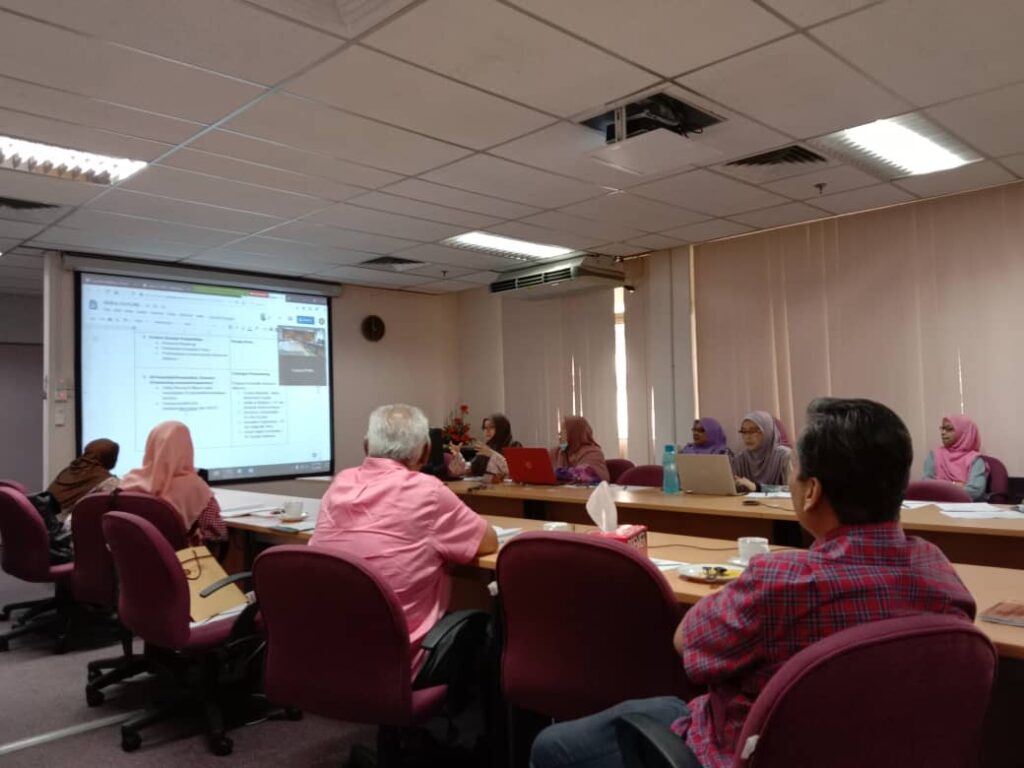University libraries are undergoing significant transformations to keep up with evolving technological trends and the changing demands of users. As institutions of higher learning focus increasingly on digital learning and research, library user education must adapt. Libraries are now playing a pivotal role in supporting academic success by integrating new technologies, fostering collaborations with academic departments, and offering personalized services. The following sections explore key emerging trends in library user education, emphasizing their impact on university libraries and offering suggestions for their future development.
1. Integration of Technology
The integration of technology is one of the most prominent trends in library user education. University libraries are focusing on improving digital literacy by incorporating new technologies such as virtual reality (VR), artificial intelligence (AI), and immersive online learning platforms. These tools enable libraries to create interactive and engaging educational experiences for students, enhancing their research capabilities and information retrieval skills. For example, some libraries are introducing VR tours and simulations to teach users how to navigate complex databases or simulate real-life research scenarios. Additionally, the Internet of Things (IoT) is being used to automate routine library tasks, such as self-checkout systems, overdue notifications, and online fine payments, thus improving operational efficiency and user experience (Bagavathi, 2023). To maximize the potential of these technologies, libraries should ensure that staff members receive adequate training and are equipped with the knowledge to manage and teach emerging technologies effectively.
2. Collaboration and Curriculum Integration
Libraries are increasingly collaborating with academic departments to integrate information literacy and other library services into the curriculum. This trend is driven by the recognition that information literacy is essential for academic success and the development of critical thinking skills. Libraries are working with faculty to design assignments and projects that require students to use library resources effectively, ensuring that students are prepared for research-intensive courses. For instance, some libraries have partnered with departments to co-teach classes, where librarians introduce research tools and techniques to students alongside faculty lectures. Makerspaces, another emerging trend, are also becoming integral to university libraries. These spaces encourage students to engage in hands-on learning, where they can experiment with tools for building prototypes, creating digital content, or solving engineering challenges. The integration of makerspaces into library education can foster creativity and innovation while equipping students with practical skills for the workforce. Libraries should consider expanding these partnerships by offering more cross-disciplinary programs and incorporating real-world problem-solving activities that align with current academic trends (Chen & Yang, 2024).
3. User-Centered Services
User-centered services have become a core focus for university libraries as they seek to tailor their educational programs to the specific needs of students. By using data analytics, libraries can create personalized learning experiences, ensuring that students receive the resources and support they need for their academic journey. For example, libraries may use analytics to track students’ use of digital resources and suggest relevant materials based on their academic interests and course requirements. Additionally, libraries are offering virtual services to support remote students, such as online reference consultations, digital resource access, and live webinars on information literacy skills. The rise of distance education has prompted libraries to rethink how they engage with off-campus users, with an increasing number of institutions providing online tutorials and digital workshops. To further enhance the user experience, libraries should invest in user feedback mechanisms that allow students to provide input on what services they find most helpful, ensuring that library services evolve in line with user needs (Mubofu & Mambo, 2023; Moyo, 2004).
4. Professional Development and Innovation
For university libraries to maintain their relevance in a rapidly changing landscape, continuous professional development for librarians is essential. As technology continues to advance, librarians must be trained in new tools, systems, and services that can enhance user education. This includes learning about data management, digital scholarship, and how to design user-centered services that meet the needs of diverse student populations. Moreover, librarians need leadership training to manage the growing demands for new technologies and resources, ensuring that libraries can effectively navigate changes and contribute to the overall academic mission of the institution. Leadership and strategic planning have become critical in libraries as they address the challenges posed by technological disruptions and shifting educational trends. For example, training library staff to lead collaborations with academic departments and support the integration of library services into the curriculum can help libraries stay ahead of the curve. Libraries should prioritize ongoing education for staff, ensuring they are equipped to handle both technological advancements and evolving user expectations (Sandhu, 2015; Kaushik et al., 2019).
5. Addressing Emerging Challenges
While libraries are innovating and expanding their services, they face challenges in balancing core functions with the introduction of new technologies. The integration of advanced technologies like AI, IoT, and robotics is reshaping library services, but it also requires libraries to maintain their traditional roles, such as collection development, cataloging, and providing reference services. Libraries must develop strategic plans that allocate resources effectively to meet both traditional and emerging demands. For instance, while offering virtual reference services may be crucial for remote learners, libraries must continue to invest in physical resources like print books and physical archives that remain essential for some users. Additionally, libraries must adapt to the broader trend of the Fourth Industrial Revolution (4IR), which has seen the rise of AI and machine learning in education. Academic libraries are incorporating these technologies to enhance research, streamline administrative tasks, and support the development of digital scholarship. Libraries must carefully navigate this transformation by ensuring that technological integration does not compromise traditional library functions but instead enhances them. Strategic resource allocation, careful planning, and investment in both human and technological resources will be key to ensuring the long-term success of university libraries in the face of these challenges (Ocholla & Ocholla, 2020; Saunders, 2015).
Summary Table
| Trend | Description | References |
|---|---|---|
| Digital Literacy | Focus on digital literacy and emerging technologies | Mubofu & Mambo, 2023; Awoyemi, 2022 |
| IoT Implementation | Use of IoT for resource management and personalized services | Bagavathi, 2023 |
| Curriculum Integration | Collaboration with academic departments for integrated learning | Elliot, 2021 |
| Makerspaces | Creation of makerspaces for hands-on education and innovation | Chen & Yang, 2024 |
| Personalized Learning | User-centered services and data-driven personalization | Mubofu & Mambo, 2023 |
| Virtual Services | Expansion of virtual services for remote learners | Moyo, 2004 |
| Professional Development | Continuous learning and training for librarians | Sandhu, 2015; Kaushik et al., 2019 |
| Leadership Development | Strategic planning and leadership enhancement | Guo, Zhang, & Zong, 2017 |
| Balancing Services | Balancing new initiatives with core library functions | Saunders, 2015 |
| 4IR Adaptation | Incorporation of advanced technologies to support research and education | Ocholla & Ocholla, 2020 |
These trends highlight the growing importance of adapting library user education to an increasingly digital world. By integrating emerging technologies, focusing on user-centered services, and fostering collaboration with academic departments, university libraries can continue to provide valuable support for students and faculty. To further advance these efforts, libraries should invest in staff training, technological infrastructure, and strategic planning to meet the challenges and opportunities of the evolving academic landscape.
References
- Awoyemi, R. R. (2022). Library engagement with emerging technologies in research and learning. In Handbook of Research on Facilitating Collaborative Learning Through Digital Content and Learning Technologies.
- Bagavathi, A. (2023). Emerging trends and impact of Internet of Things in academic libraries. Library Progress International.
- Chen, C.-M., & Yang, Y.-C. (2024). A game-based augmented reality navigation system to support makerspace user education in a university library. Electronic Library.
- Elliot, P. (2021). The view from square one: Librarian and teaching faculty collaboration on a new interdisciplinary course in world civilizations. In Integrating Library Use Skills Into the General Education Curriculum.
- Guo, J., Zhang, H., & Zong, Y. (2017). Leadership development and career planning. In Organizational Culture and Behavior: Concepts, Methodologies, Tools, and Applications.
- Kaushik, A., Kumar, A., & Biswas, P. (2019). Handbook of research on emerging trends and technologies in library and information science.
- Moyo, L. M. (2004). The virtual patron. In Emerging Issues in the Electronic Environment: Challenges for Librarians and Researchers in the Sciences.
- Mubofu, C., & Mambo, H. (2023). Adequacy of LIS curriculum in response to global trends: A case study of Tanzanian universities. Open Information Science.
- Ocholla, D. N., & Ocholla, L. (2020). Readiness of academic libraries in South Africa to research, teaching, and learning support in the Fourth Industrial Revolution. Library Management.
- Saunders, L. (2015). Academic libraries’ strategic plans: Top trends and under-recognized areas. Journal of Academic Librarianship.
- Sandhu, G. (2015). Re-envisioning library and information services in the wake of emerging trends and technologies. In Proceedings of the 4th International Symposium on Emerging Trends and Technologies in Libraries and Information Services, ETTLIS 2015.
